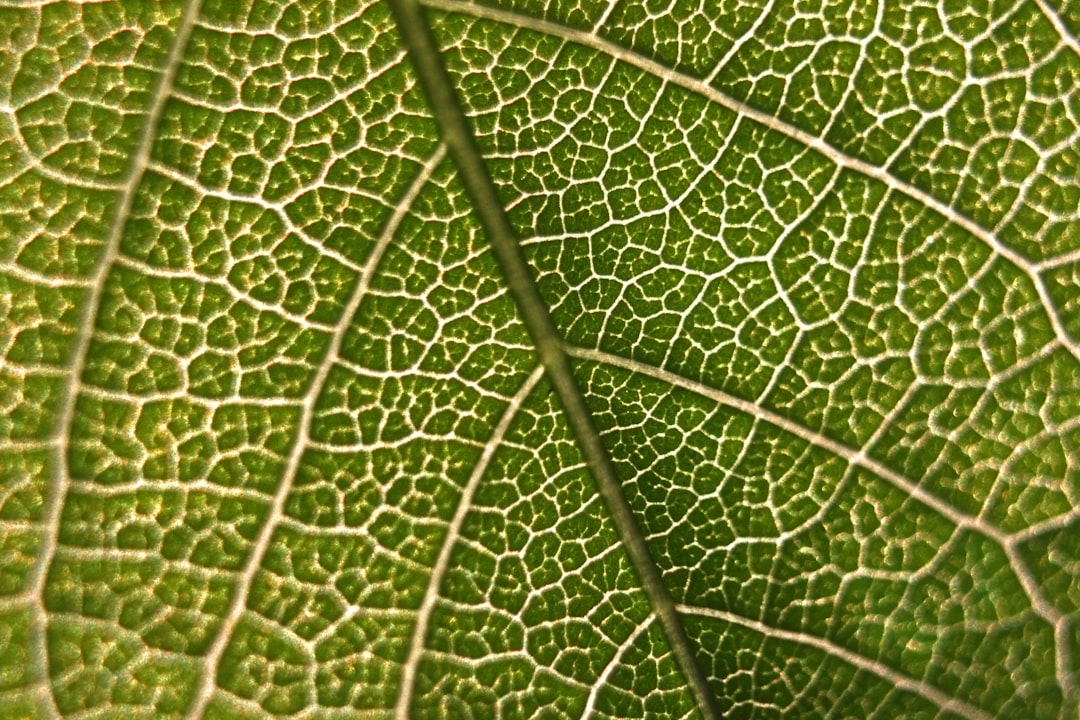What is it about?
The paper presents a combination of three diffeerent types of chemical analysis linked together (or hyphenated) in order to identify with increasing certainty the specific type of plastic. While this is relatively strightforward when the composition of the plastic is known, it is very challenging for plastics recovered from the environment, in part due to the fact that the polymers used to make plastics have very similar compositions, based on Carbon and hydrogen backbones. The method presented here utilises a thermogravimetric analysis to measure the loss of mass upon heating, which is quite characteristic to speciifc polymers but can be affected by additives for example. Analysis by Fourier Transform Infrared spectroscopy allows mapping of the specific chemical bonds in the pyrolysed output from the TGA, some of which will be unique to a specific polymer or additive type. Finally, Gas chromatography Mass Spectrometry is used to spearate out the different consituents and differentiate between the unique chemical fingerprints. The paper first generated a library of plastics "spectra" and then used the the library to characterize real environmental samples of mesoplastics collected from beaches in the U.K. and South Africa. The environmental samples could all be identified unambiguously, despite weathering in the environment such as by UV light, and potential loss of some of the additives whcih changes their chemical signatures.
Featured Image

Photo by Andrei Ciobanu on Unsplash
Why is it important?
The enormous focus currently on understanding the impacts of plastics and their breakdown products or microplastics on the environment and human health is driving a push towards new methods that are capable of determining whcih types of plastics are most prevelant in the environment and in which forms. This information will enable plastics manufacturers to understand their rates of breakdown in the environment and to develop strategies and solutions for more biodegradable plastics. It will also support policy makers in determining which options are most suitable for remediation of palstic and microplastic pollution hot-spots based on the specific plastics that are most abundant.
Read the Original
This page is a summary of: An Untargeted Thermogravimetric Analysis-Fourier Transform Infrared-Gas Chromatography-Mass Spectrometry Approach for Plastic Polymer Identification, Environmental Science & Technology, June 2021, American Chemical Society (ACS),
DOI: 10.1021/acs.est.1c01085.
You can read the full text:
Contributors
The following have contributed to this page










